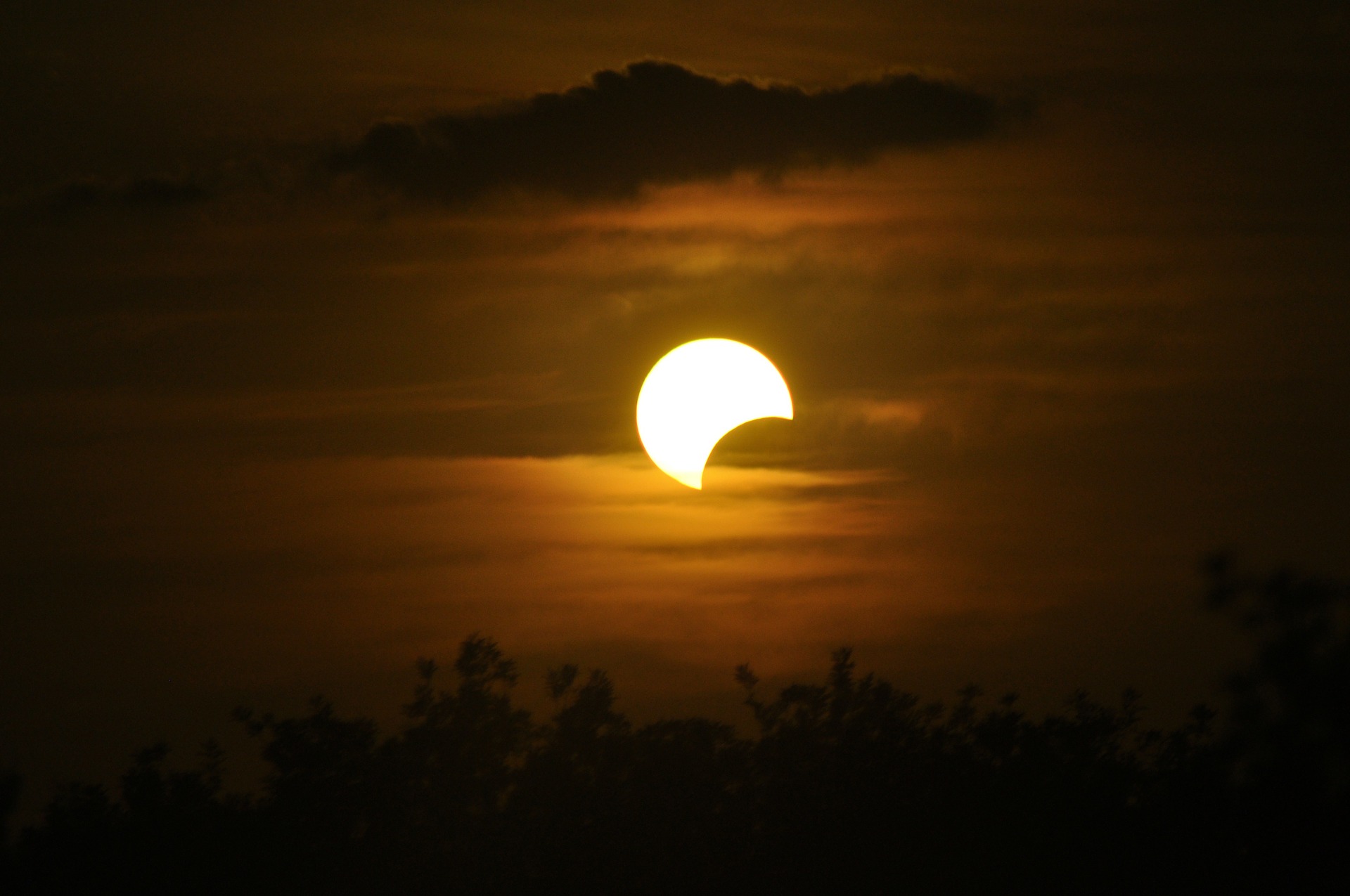NASA Experiment During Solar Eclips

Source: Pixabay
Yesterday the sun went absent almost all over the United States due to a solar eclipse. And beautiful it was, but not only for the people watching it with funky eclips glasses. Space agency NASA took the opportunity to conduct an experiment that should tell us more about possible life on Mars. In the experiment NASA sent bacteria into Earth's atmosphere.
Combining Live Stream With NASA Experiment
For the first time in 99 years the sun's light has been blocked by the moon in America. In an attempt to show this extraordinary event to as many people as possible, Montana State University decided to live stream the eclipse with the help of cameras mounted on balloons. From over 25 locations spread along the eclips path, some 50 balloons were released to an altitude of approximately 80.000 feet. On request of NASA 34 of these balloons have been equipped with small loads of bacteria.
They flew about 2 hours until they reached the stratosphere, once the atmospheric pressure was low enough the balloons bursted open and fell back down to Earth. On the ground students equipped with GPS-systems were waiting to collect the samples. The bacteria (Paenibacillus xerothermodurans) are the toughest among the kingdom of bacteria, they form a protective shield around themselves that makes them invulnerable against almost anything that is deadly to humans.
Martian Environment
The balloons that flew till the edge of space encountered similar atmospheric conditions found on Mars. Temperatures on the edge of space are about -34.6° F, and there is a constant bombardment of ultraviolet light. According to Jim Green (NASA), this whole event is an opportunity not to be missed. Every time we sent out a rover to Mars, micro-organisms from Earth travelled along with it. The problem is that nobody really knows what happens to them once they arrive on Mars. Do the bacteria mutate, or do they die, maybe the bacteria stay alive and conquer the entire planet? Now that the experiment has been done, research will reveal some answers to those questions.
Thanks for reading,
Funcore
Interesting, thanks for sharing!
I was lucky enough to view the eclipse yesterday and thought about those balloons. I'm curious to see how the bacteria faired and the results of the experiment.
Me too :)
I just glanced over the comments, I was going to say I'm curious too! You have a follow up article that'll be popular, so keep up on this :)
for more please upvote my posts
Nice shot. I was not able to look.
As a teacher, I was able to witness the eclipse with my entire school. The school purchased glasses for all students and teachers. What a phenomenal learning experience for all. I am looking forward to the data gathered from the balloons as I eclipses are a part of my content curriculum. Thanks for the post!
hi my dear friend nice post and very beautiful image please visit my page i posted about travel and etc I would be happy if you like to follow me and give your opinion about my posts.
I want to be with your friend
excelente
que interesante